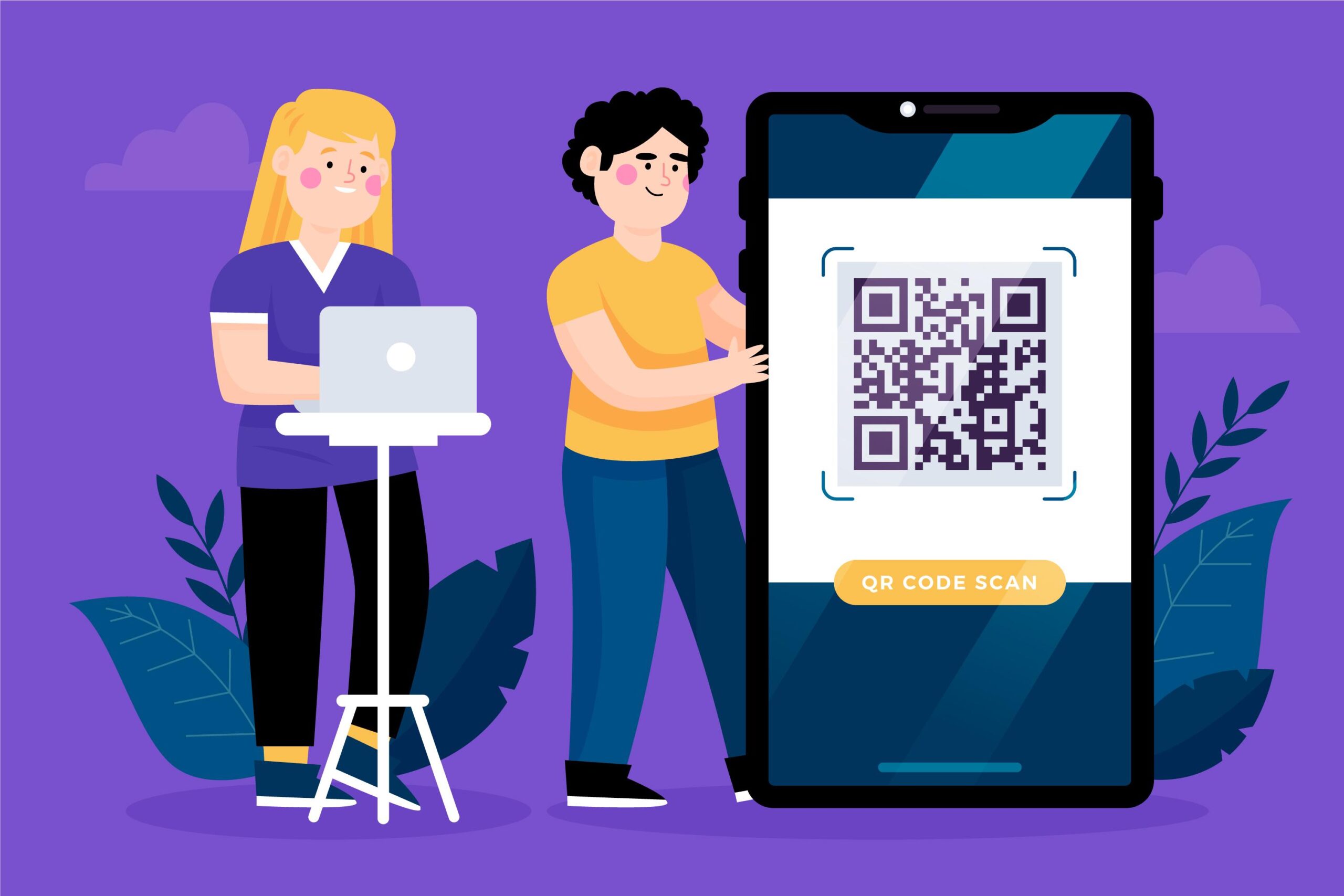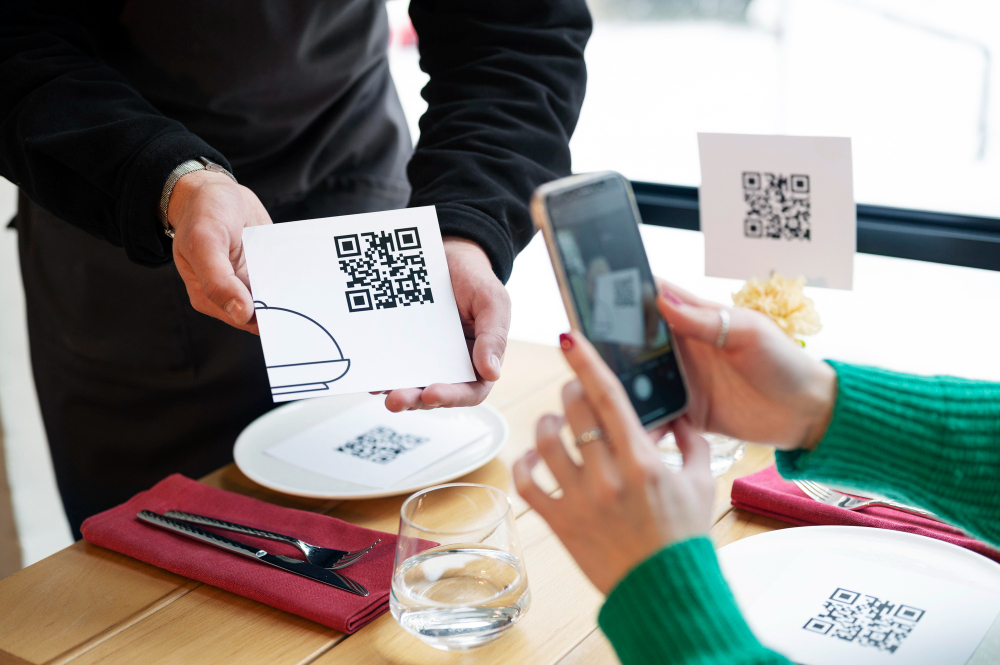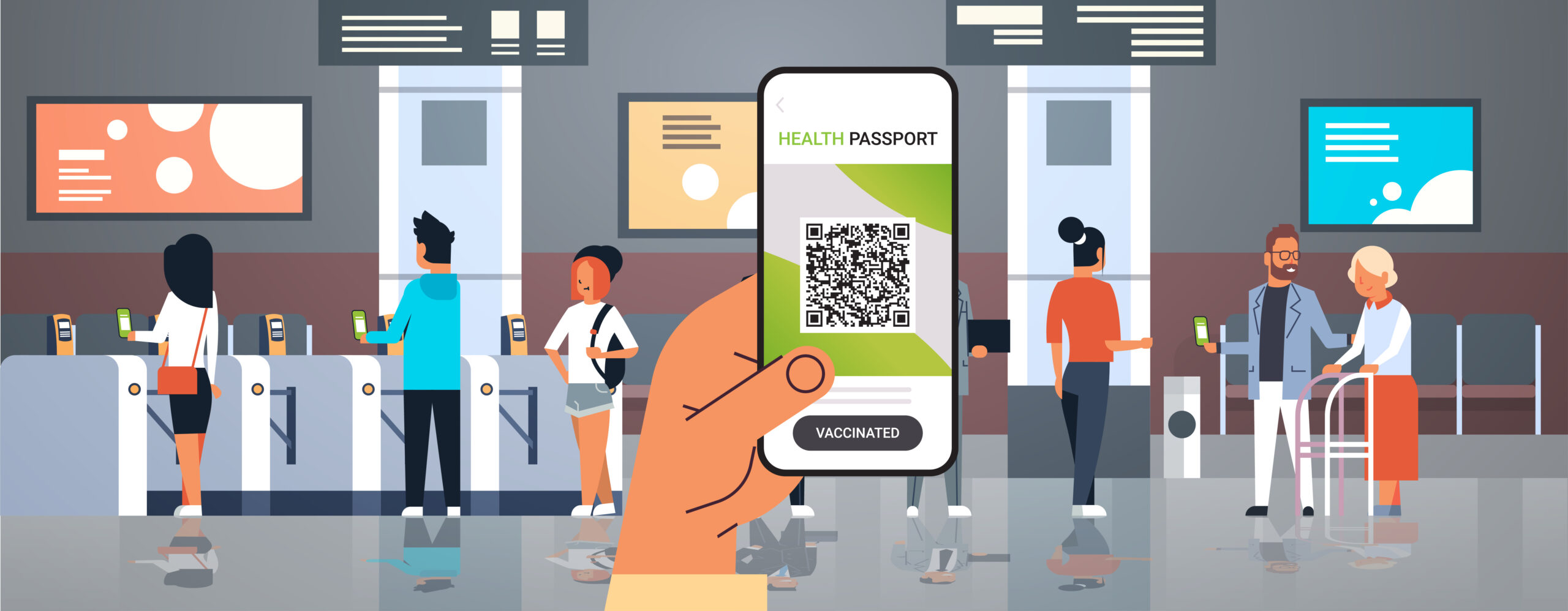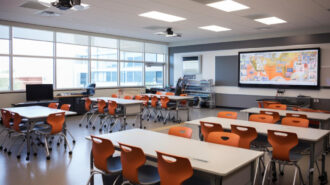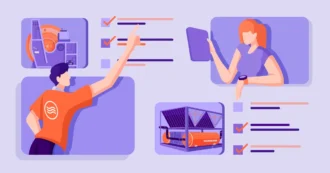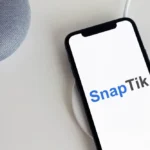Uses of QR Codes in Everyday Life: Practical Applications Unveiled
- 1 Practical Applications of QR Codes in Everyday Life
- 1.1 Streamlining Ticketing and Event Management
- 1.2 Enhancing Marketing and Advertising
- 1.3 Transforming Food and Hospitality
- 1.4 Healthcare and Patient Management
- 1.5 Public Transportation and Navigation
- 1.6 Educational and Learning Environments
- 1.7 Environmental Sustainability
- 1.8 Personal Use and Social Connectivity
- 1.9 Real Estate and Property Management
- 1.10 Art and Cultural Exhibitions
- 2 Closing Thoughts
In retail, these square graphics are a game changer. They offer instant product details and reviews when scanned, leading to smarter shopping decisions. Picture walking into a store, scanning a code, and immediately accessing price comparisons and user feedback. Moreover, they simplify transactions
Shoppers can now pay by scanning, bypassing the need for cash or cards. This not only speeds up checkout but also elevates the shopping experience. To create your own QR code, check out qr code generator.
Practical Applications of QR Codes in Everyday Life
Streamlining Ticketing and Event Management
Event management is more efficient with these codes. Used as electronic tickets, they reduce paper waste and the hassle of carrying physical tickets. Imagine going to a concert and entering with just a code on your phone. Not just entry, these codes can hold event details like seat numbers and schedules. They link to merchandise and food services, making event experiences seamless and enjoyable.
Enhancing Marketing and Advertising
In marketing, these codes are powerful tools. They appear on billboards and flyers, creating interactive advertising. Scan a code on an ad, and you’re taken to a website, video, or promotional deal. This interaction bridges the gap between physical ads and digital content, making marketing campaigns more engaging and measurable.
Transforming Food and Hospitality
The food and hospitality industry has embraced these codes for a contactless experience. Menus are often digital now, accessed by scanning a code at a table. This not only ensures hygiene but also allows for real-time menu updates. In hotels, these codes can streamline check-ins and provide guests with information about facilities and services.
Healthcare and Patient Management
In healthcare, patient care and management have been revolutionized. These codes on wristbands store patient data, ensuring accurate and quick access to medical records. They are used for medication tracking, reducing errors in dispensing drugs. In pharmacies, they help manage inventory and provide drug information, enhancing patient safety.
Public Transportation and Navigation
In public transportation, these codes offer convenience and efficiency. They can store tickets for trains or buses, making commutes hassle-free. Some cities use them for bike or scooter rentals, streamlining the rental process. In navigation, they help tourists access maps and information about landmarks, enriching travel experiences.
Educational and Learning Environments
In education, these codes are becoming an invaluable resource. They’re used in classrooms to access supplementary materials, interactive lessons, and educational videos. Students can scan a code in a textbook to watch a related tutorial or access additional research on a topic. This technology bridges the gap between traditional learning methods and digital resources, offering a more dynamic and engaging educational experience.
Environmental Sustainability
Their role in promoting environmental sustainability is noteworthy. By replacing physical documents, tickets, and menus with digital versions accessed via scanning, the use of paper is significantly reduced. This shift not only conserves trees but also cuts down on waste generation. In recycling efforts, these codes can provide information on how to properly recycle products, further contributing to environmental conservation.
Personal Use and Social Connectivity
On a personal level, these codes facilitate social connectivity and information sharing. They are used in personal business cards, allowing new acquaintances to quickly access contact information and social media profiles. In social events, they can direct guests to event details, gift registries, or photo-sharing platforms. This use of technology in personal interactions enriches social experiences and simplifies information exchange.
Real Estate and Property Management
In real estate, these codes provide potential buyers with instant access to property details, virtual tours, and contact information of agents. They are displayed on ‘For Sale’ signs, making it easier for interested buyers to explore properties at their own pace. In property management, they can be used for maintenance requests and amenity bookings, improving the efficiency of managing residential and commercial properties.
Art and Cultural Exhibitions
Finally, in art and cultural exhibitions, these codes offer a deeper understanding of artworks and exhibits. Visitors can scan them to access detailed descriptions, artist biographies, and even audio guides. This enhances the visitor experience, providing a richer understanding of the exhibits. Museums and galleries are adopting this technology to engage visitors in a more interactive and informative way.
Closing Thoughts
In conclusion, these codes have transcended their initial purpose of simple data storage, becoming integral in our daily lives. They seamlessly integrate information and functionality into various aspects of our personal and professional lives. As we continue to advance technologically, their applications will expand, further simplifying and enhancing our day-to-day experiences. From retail to education, healthcare to art, these codes are not just tools of convenience; they are catalysts for innovation and efficiency in our increasingly digital world.

